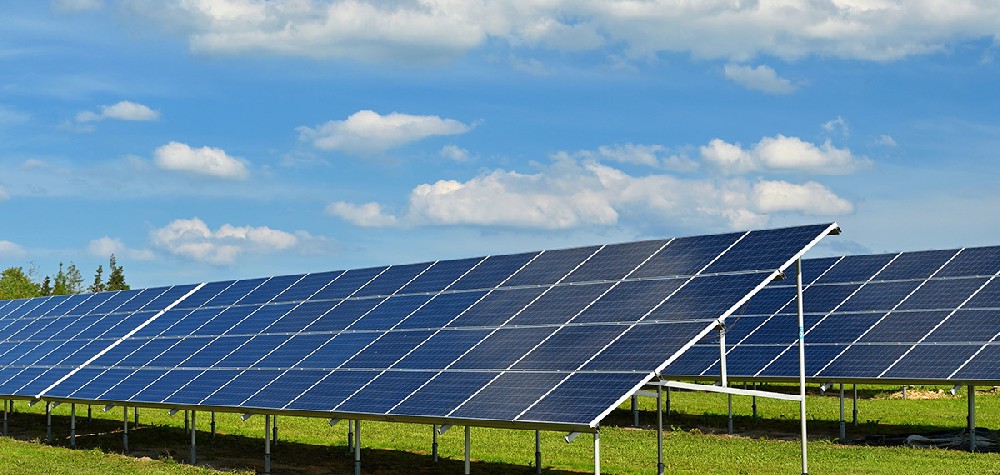Navigation Menu
Contact Us
- Email:
- info@wxavatar.com
- Address:
- Yurong Village, Yuqi Street, Huishan District, Wuxi, China.
Release Date:May 23, 2025 Visit:46 Source:Roll Forming Machine Factory
The solar energy industry continues to grow, and with it, the demand for efficient and reliable mounting solutions. Solar stand roll forming has become a preferred manufacturing method for large-scale solar projects due to its precision, cost-effectiveness, and scalability. This article explores the key reasons behind its increasing adoption.

1. High Production Efficiency
Solar stand roll forming allows for continuous, high-speed production of solar mounting components. Unlike traditional fabrication methods, roll forming processes can produce long, uniform sections with minimal material waste. This efficiency is particularly beneficial for large-scale solar installations, where thousands of mounting structures are required.
2. Consistent Quality and Precision
The roll forming process ensures consistent dimensions and tight tolerances across all produced parts. This uniformity is crucial for solar mounting systems, as even minor deviations can affect installation efficiency and structural integrity. Manufacturers can maintain high-quality standards while meeting large order volumes.
3. Material Flexibility
Solar stand roll forming supports various metals, including galvanized steel, aluminum, and stainless steel. This adaptability allows manufacturers to select materials based on project requirements, such as load-bearing capacity, corrosion resistance, and environmental conditions.
4. Cost-Effective for Bulk Orders
For large-scale solar projects, reducing per-unit costs is essential. Roll forming minimizes labor and material expenses by streamlining production. The automated nature of the process also reduces the need for secondary operations, further lowering overall costs.
5. Customization for Different Solar Projects
Solar stand roll forming machines can be adjusted to produce different profiles, making them suitable for various mounting configurations, including ground-mounted, rooftop, and carport systems. Manufacturers can easily modify designs to meet specific project specifications without significant downtime.
6. Durability and Long-Term Performance
Roll-formed solar stands are designed for structural stability, ensuring they can withstand wind, snow, and other environmental stresses. The precision of the process enhances the longevity of the mounting systems, reducing maintenance needs over time.
7. Scalability for Growing Market Demand
As solar energy adoption increases, manufacturers must scale production efficiently. Roll forming supports rapid production cycles, enabling companies to fulfill large orders while maintaining consistent output quality.

Conclusion
Solar stand roll forming offers a reliable and efficient solution for manufacturing mounting structures in large-scale solar projects. Its advantages in production speed, material flexibility, and cost efficiency make it a preferred choice for manufacturers aiming to meet the growing demands of the solar industry. By adopting this method, companies can enhance productivity while delivering high-performance solar mounting systems.